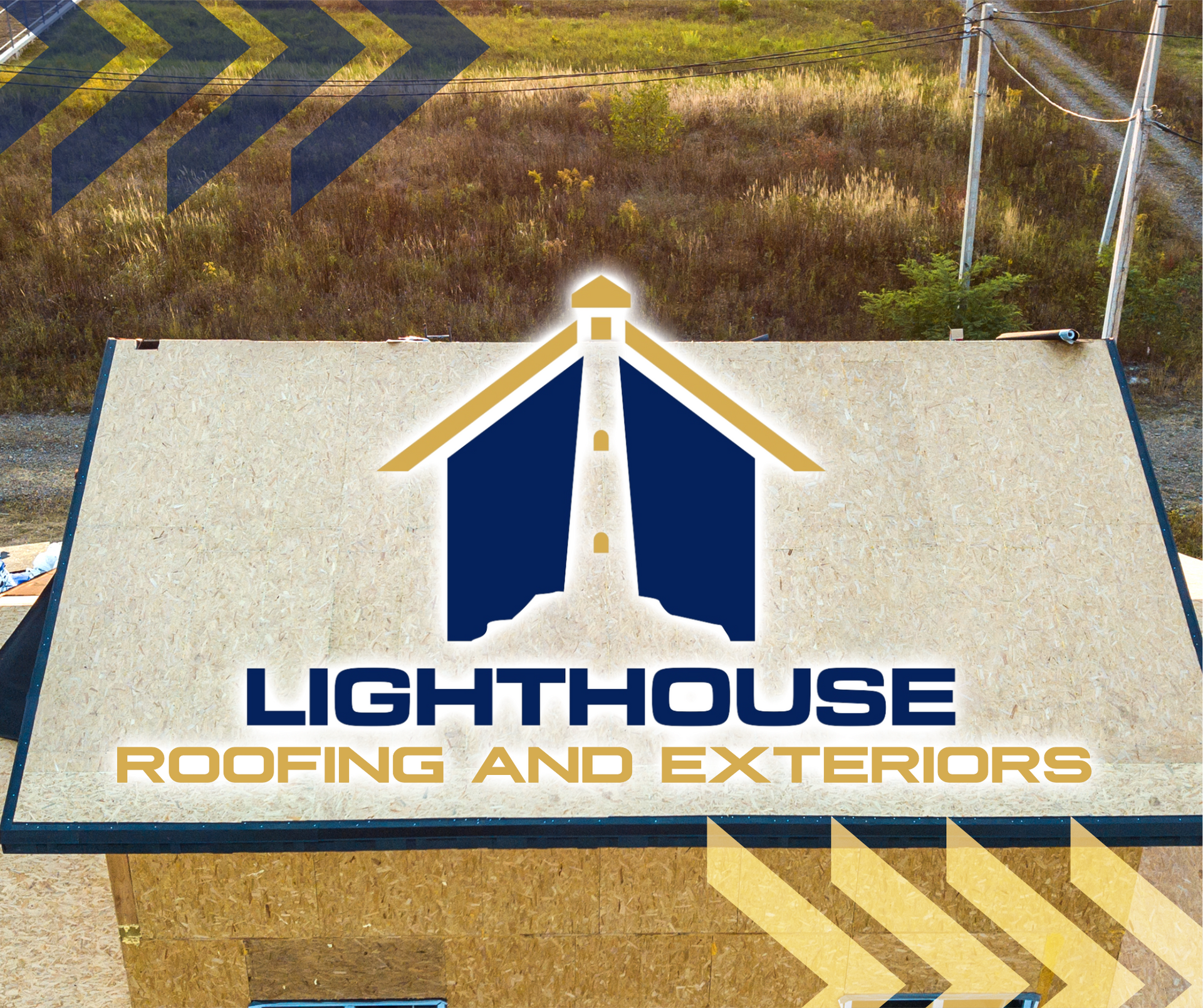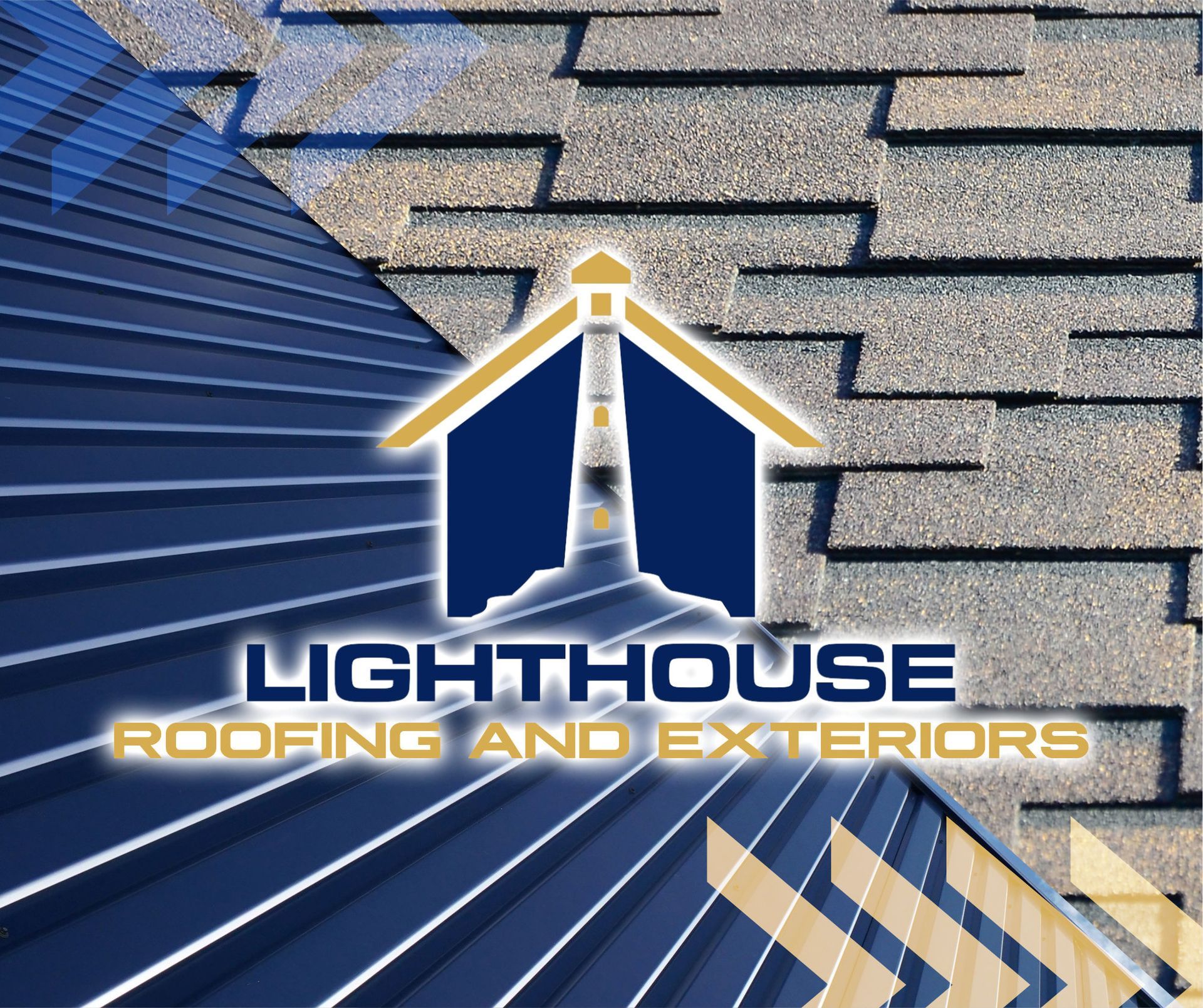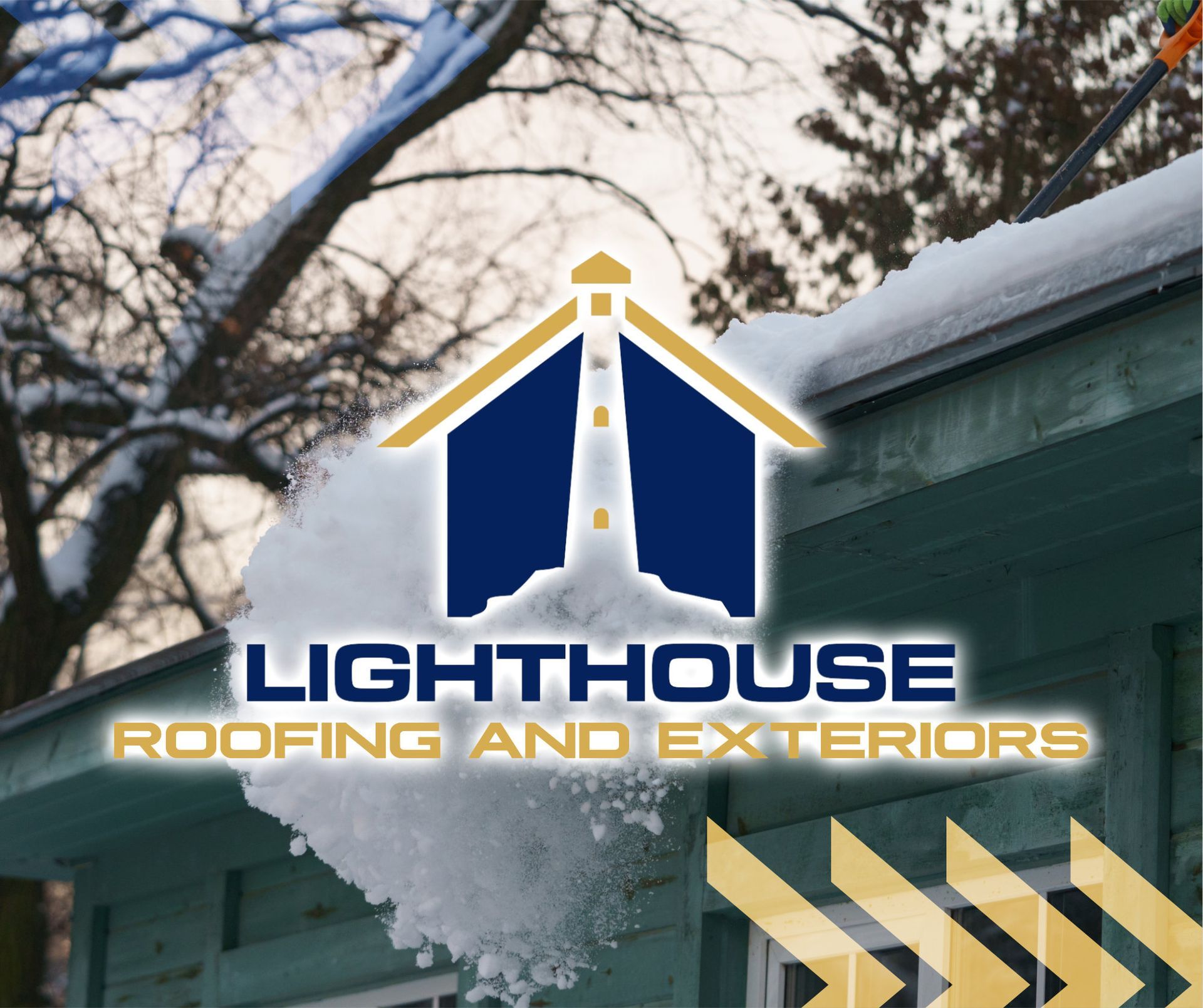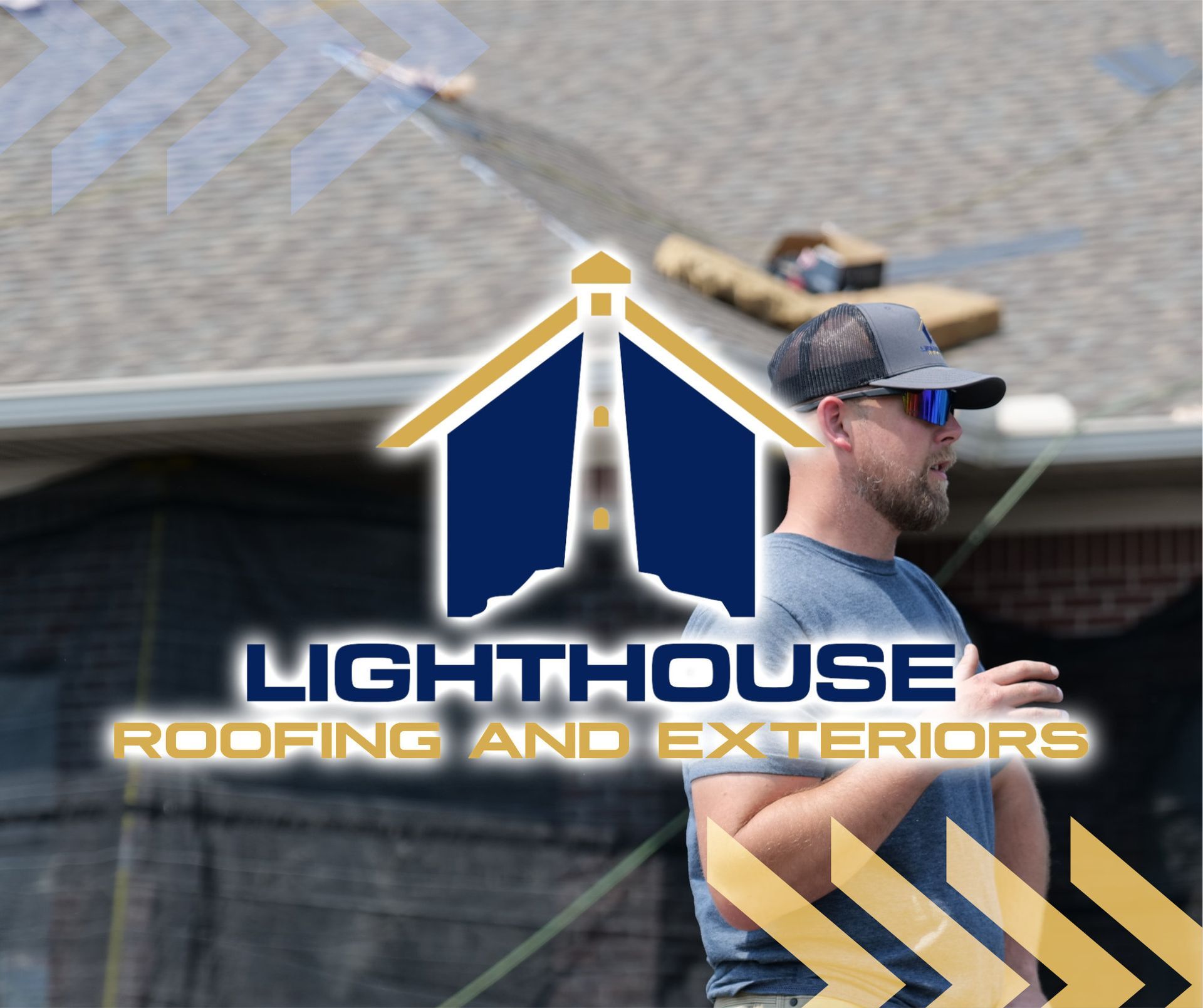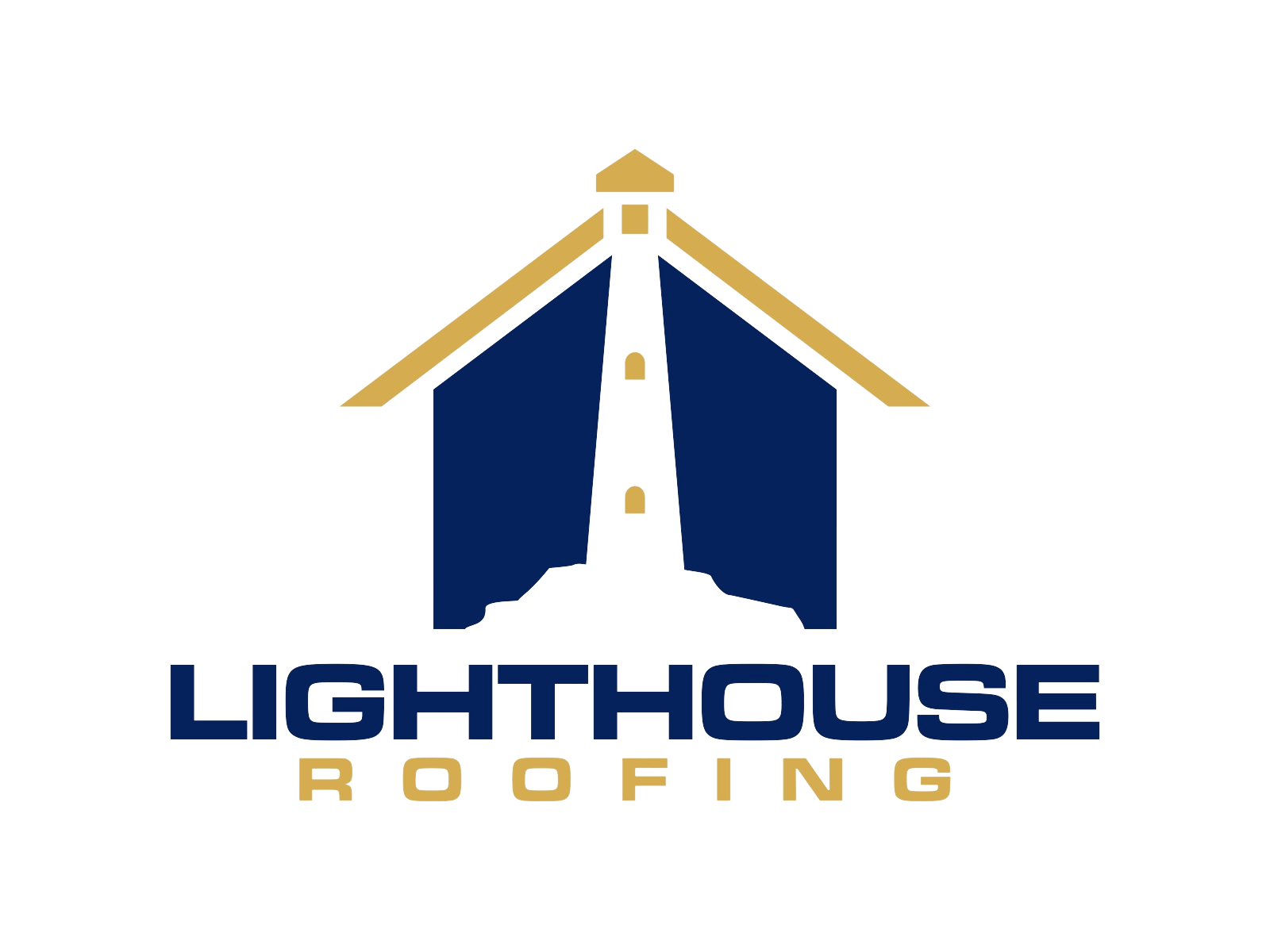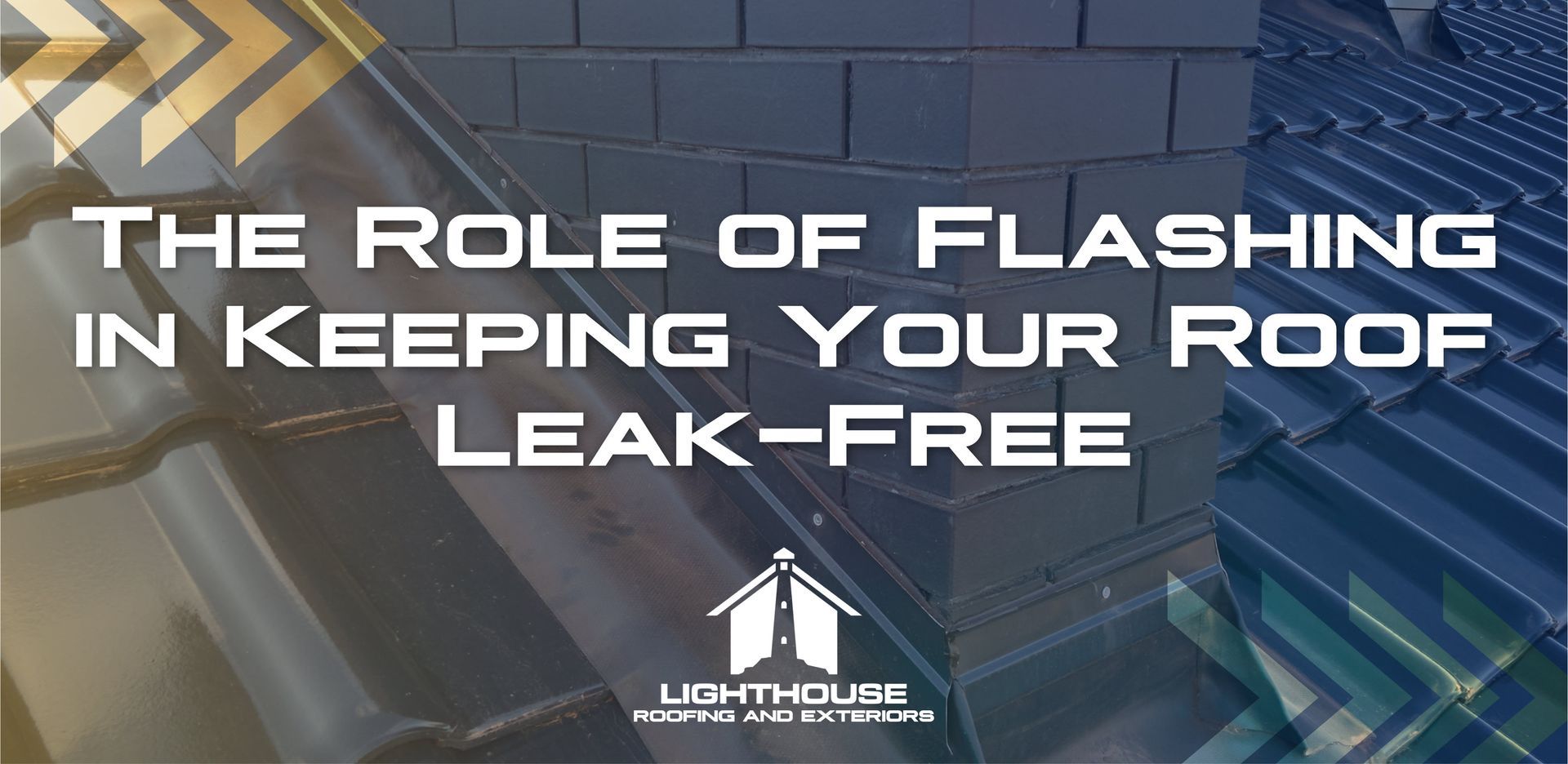
The Role of Flashing in Keeping Your Roof Leak-Free
When it comes to protecting your home from water damage, your roof plays the starring role. But behind the scenes, one unsung hero works tirelessly to ensure your roof stays leak-free: flashing. While it might not be as visible or well-known as shingles or gutters, flashing is a critical component in your roof’s defense system. Here’s what you need to know about flashing, why it’s essential, and how to ensure it remains in top shape.
What Is Roof Flashing?
Roof flashing is a thin, weather-resistant material—typically made of aluminum, steel, or copper—that is installed at vulnerable areas of your roof to redirect water away from key structures. Flashing is strategically placed around:
- Chimneys
- Skylights
- Vents and pipes
- Roof valleys
- Edges and corners
Its primary job? To create a watertight seal and prevent water from seeping into your roof’s underlayment, where it can cause leaks and long-term damage.
Why Is Flashing So Important?
- Prevents Water Damage
Without proper flashing, water can find its way into the smallest cracks and gaps, leading to leaks, mold, and wood rot. Over time, this can weaken your home’s structural integrity and result in costly repairs. - Protects Roof Valleys
Roof valleys are particularly vulnerable because they handle large volumes of water runoff. Flashing ensures that water flows smoothly off your roof instead of pooling or penetrating the surface. - Extends Roof Lifespan
By keeping water out of critical areas, flashing helps preserve the overall health of your roof, extending its lifespan and reducing the need for frequent repairs. - Enhances Energy Efficiency
Leaky roofs allow moisture to enter your attic, potentially leading to insulation damage. Proper flashing helps maintain a sealed environment, which improves energy efficiency and lowers heating and cooling costs.
Types of Roof Flashing
Different types of flashing are used for various parts of the roof. Here’s a quick breakdown:
- Step Flashing: Installed in roof valleys and along roof-to-wall intersections.
- Counter Flashing: Works in tandem with step flashing to seal areas around chimneys and walls.
- Drip Edge Flashing: Placed along the roof’s edges to guide water into the gutters.
- Vent Pipe Flashing: Encircles roof penetrations like plumbing vents and pipes.
- Skylight Flashing: Seals the edges of skylights to prevent leaks around the opening.
Signs Your Flashing Needs Attention
Flashing is designed to last, but like any roofing component, it can deteriorate over time. Watch out for these warning signs:
- Rust or corrosion: Metal flashing can rust when exposed to the elements for extended periods.
- Cracks or gaps: Damage to the flashing can allow water to seep through.
- Loose or missing pieces: High winds, storms, or improper installation can dislodge flashing.
- Stains or leaks inside your home: Water stains on ceilings or walls are often a sign of flashing failure.
How to Maintain and Repair Roof Flashing
- Regular Inspections
Inspect your flashing at least twice a year—once in the spring and once in the fall—or after major storms. Pay close attention to areas around chimneys, skylights, and roof valleys. - Seal Small Gaps
If you notice small cracks or gaps, apply roofing caulk or sealant as a temporary fix. - Replace Damaged Flashing
For significant damage, it’s best to replace the flashing entirely. Professional roofers can ensure proper installation to avoid future issues. - Ensure Proper Installation
Poorly installed flashing is one of the leading causes of roof leaks. Always hire experienced roofing professionals to handle flashing installation and repairs.
Why Choose Lighthouse Roofing and Exteriors?
At Lighthouse Roofing and Exteriors, we know that even the smallest details can make a big difference in keeping your roof leak-free. Our team specializes in identifying and repairing flashing issues, ensuring your roof stays strong and watertight.
If you’re concerned about your roof’s flashing or have noticed signs of a potential leak, don’t wait for the damage to worsen. Contact us today for a comprehensive roof inspection and expert repair services.
